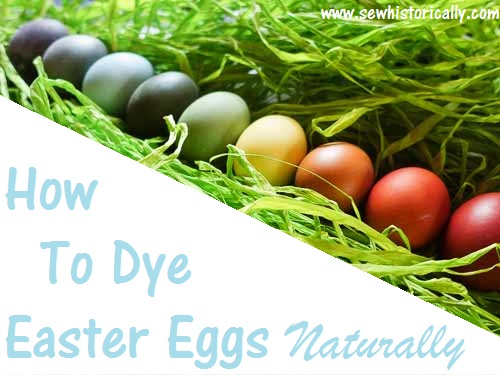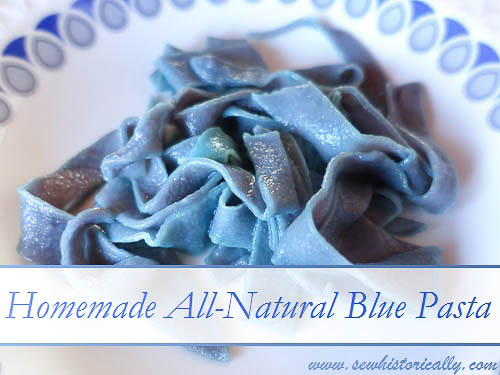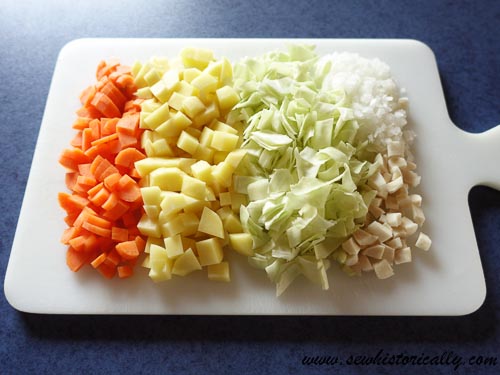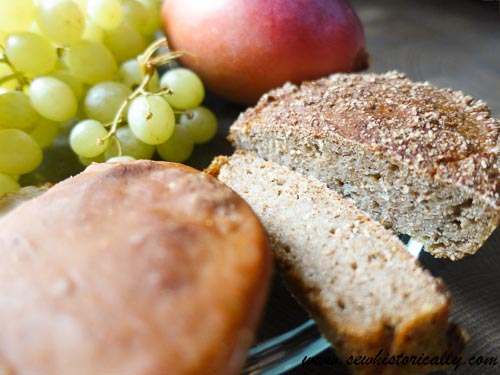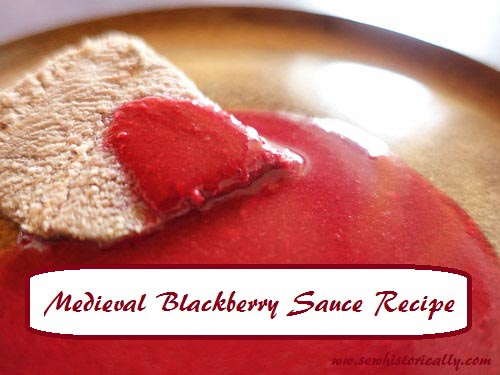Dyeing Easter eggs naturally is really easy and so much fun! 😀
Each Easter we dye Easter eggs with natural dyes. Over the years we’ve tried different vegetable dye materials: vegetables, herbs, teas etc. Onion skins and red cabbage produced the most vibrant colors. But this Easter I also wanted naturally dyed green, pink and yellow Easter eggs! 😀 Continue reading 19 Ways How To Dye Easter Eggs Naturally
